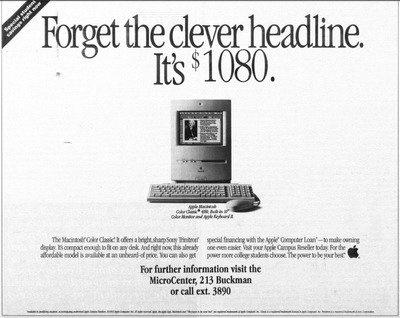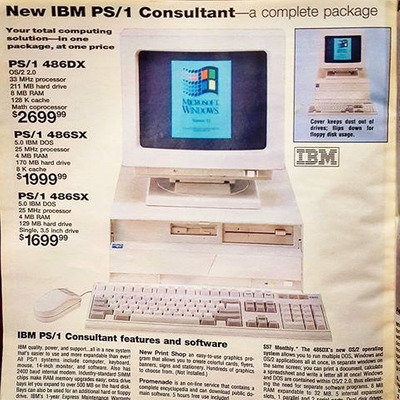nach wrote on 2022-12-27, 01:15:
[..] anyway there's no market here almost (or it is super expensive) for the major 8 bit computers obviously, only MSX what I don't like.
No wonder, MSX1 and MSX2 are like night and day. I didn't know this either, by the way.
It's akin to Commodore ViC20 vs C128.. Or ZXSpectrum vs Atari ST.
MSX1 was horrible, I think, like an incomplete prototype - almost killed the platform.. *sigh*
It had a few gems, though. Arctic Adventure, Parodius Da!, Q*Bert (Konami version ) and.. I forgot.
Have a look at MSX2 games like Snatcher, Angelus, Valis, Jesus etc.
They're of Japanese origin, but give a nice impression of the MSX2's capabilities.
MSX2 also had disk mags and a community that still lives on.
MSX2 hardware was the last hardware to be released in the west, afaik.
MSX2+ and TurboR are Japanese exclusives.
Anyway, MSX2 is good enough in most cases. That's were most games are compatible with, including many MSX1 titles.
The only real incompatibility was the amount of RAM, I vaguely remember.
Western systems had too much of one of the RAM types (RAM/VIDEO),
causing western games to cause trouble on Japanese hardware.
The other way round was no problem, afaik.
SymbOS runs on MSX2 hardware, too. The 9938 video chip is much better than the 9918 (TI99/4, MSX1, NABU).
There's even something akin to our AdLib/FM synthesis scene.
They like to use the OPL4, for example. The Moonsound cartridge was very popular, if memory serves.
In essence, MSX2/MSX2+ and TurboR are a bit akin to our 286-486 PCs.
It's just based on Z80 and 8-/16-Bit technology instead, like as if it's from another reality or something.
MSX DOS is like a crossover of CP/M and MS-DOS 2.x, for example.
There are batch files and familiar DOS commands like "DIR"..
"Time, it seems, doesn't flow. For some it's fast, for some it's slow.
In what to one race is no time at all, another race can rise and fall..." - The Minstrel
//My video channel//




